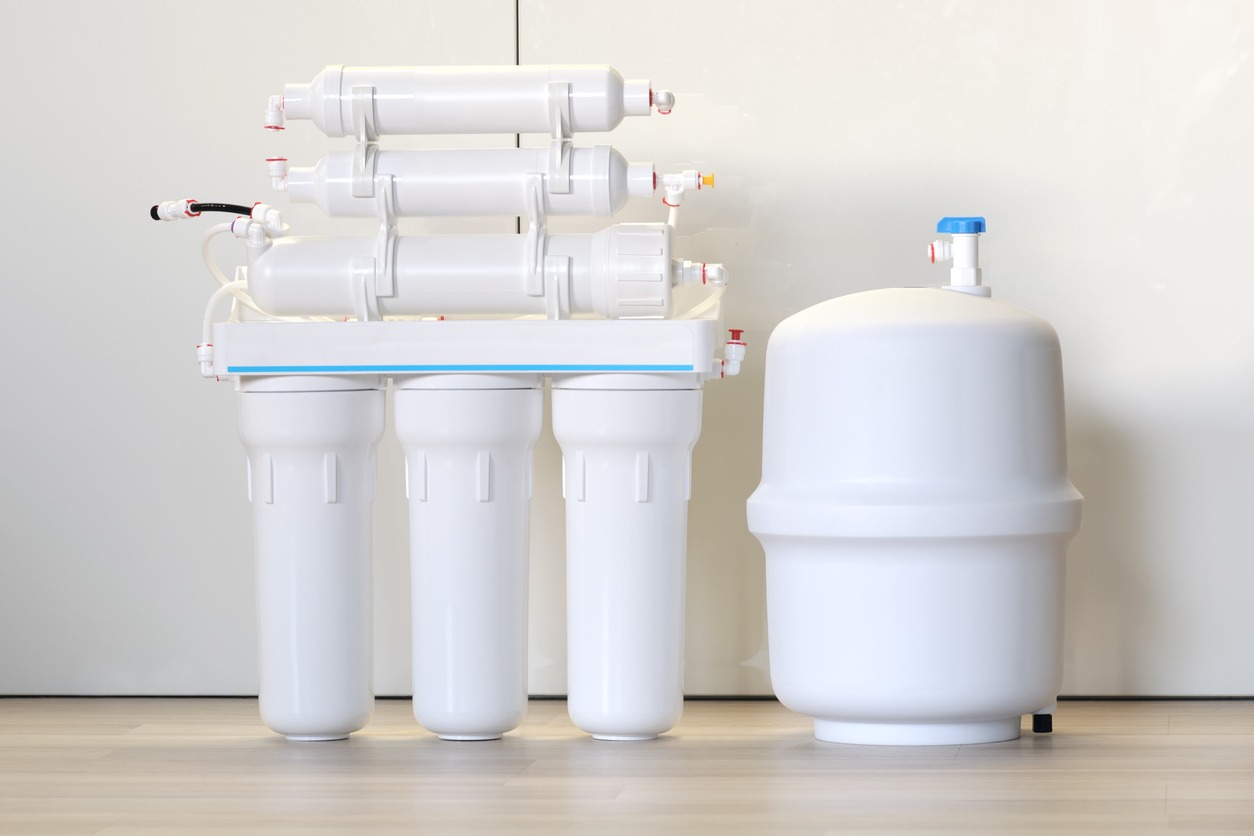If you’re looking for a reliable way to improve your home’s water quality, consider installing a reverse osmosis system. By getting a reverse osmosis system installation, you can help remove impurities from your drinking water, leaving you with clean, fresh-tasting water that’s safe to drink. However, if this is the first time you’ve installed a reverse osmosis system, it can seem daunting. Get a closer look at what reverse osmosis system installation involves, so you can decide whether you want to tackle it yourself or hire a professional.
Understanding How Reverse Osmosis Works
Before we dive into the installation process, let’s briefly review how reverse osmosis works. Reverse osmosis is a process that removes impurities from water by forcing them through a semi-permeable membrane. This membrane allows water molecules to pass through but blocks larger particles like minerals, bacteria, and other contaminants. As the water passes through the membrane, it becomes purer and freer of impurities.
Types of Reverse Osmosis Systems
There are several types of reverse osmosis systems available on the market today. Some are designed to be installed under your sink, while others are larger and can be installed in a basement or utility room. The type of system you choose will depend on your specific needs and the available space.
Benefits of Having a Reverse Osmosis System
There are many benefits to having a reverse osmosis system installed in your home.
- Improve the taste and quality of your drinking water.
- Remove impurities like lead, chlorine, and other chemicals that can harm your health.
- Relatively low-maintenance and can save you money in the long run by reducing the need for bottled water.
Factors to Consider Before Installing a Reverse Osmosis System
Before you install a reverse osmosis system in your home, there are several factors you’ll need to consider.
Ask yourself these questions:
- How much space do I have available for such a system?
- How much water would I need to filter daily?
- Can I afford the cost of this system?
- Will I need additional plumbing or electrical work done?
A Guide to Reverse Osmosis System Installation
For reverse osmosis system installation, you will need several tools and materials. These may include a drill, a wrench, a tubing cutter, Teflon tape, and a bucket. You may also need to purchase additional plumbing components like a shutoff valve or a pressure regulator.
Once you have everything you need, let’s start walking you through the installation process step by step:
- Shut off the water supply to your sink or the area where you’ll install the system.
- Install the faucet that comes with your reverse osmosis system, if necessary.
- Install the drain saddle valve onto the sink drain.
- Install the feed water adapter onto the cold water line.
- Connect the tubing from the adapter to the pre-filter.
- Connect the tubing from the pre-filter to the reverse osmosis unit.
- Connect the tubing from the reverse osmosis unit to the post-filter.
- Connect the tubing from the post-filter to the storage tank.
- Connect the tubing from the storage tank to the reverse osmosis faucet.
- Turn on the water supply and check for leaks.
What You Need to Know for Maintenance & Troubleshooting
Once your reverse osmosis system is installed, it’s important to maintain it to ensure it continues functioning properly. That may include regularly changing the filters, cleaning the membrane, and checking for leaks. If you experience any issues with your system, such as low water pressure or a strange taste or odour, you may need to troubleshoot the system to determine the cause of the problem.
Common Mistakes to Avoid During Installation
When installing a reverse osmosis system, there are several common mistakes you’ll want to avoid. For example, failing to properly measure the space where the system will be installed or connecting the tubing can lead to leaks or other issues down the line. Additionally, it’s important to carefully follow the manufacturer’s instructions to ensure the system is installed correctly.
Installing a reverse osmosis system can be a great way to improve the quality of your drinking water and ensure that you and your family drink clean, safe water. While the installation process may seem intimidating at first, following the steps outlined and taking the time to maintain your system properly, you can enjoy the benefits of purified water for years to come. Whether you tackle the installation yourself or hire a professional to do it for you, a reverse osmosis system can be a great investment in your and your family’s health.

